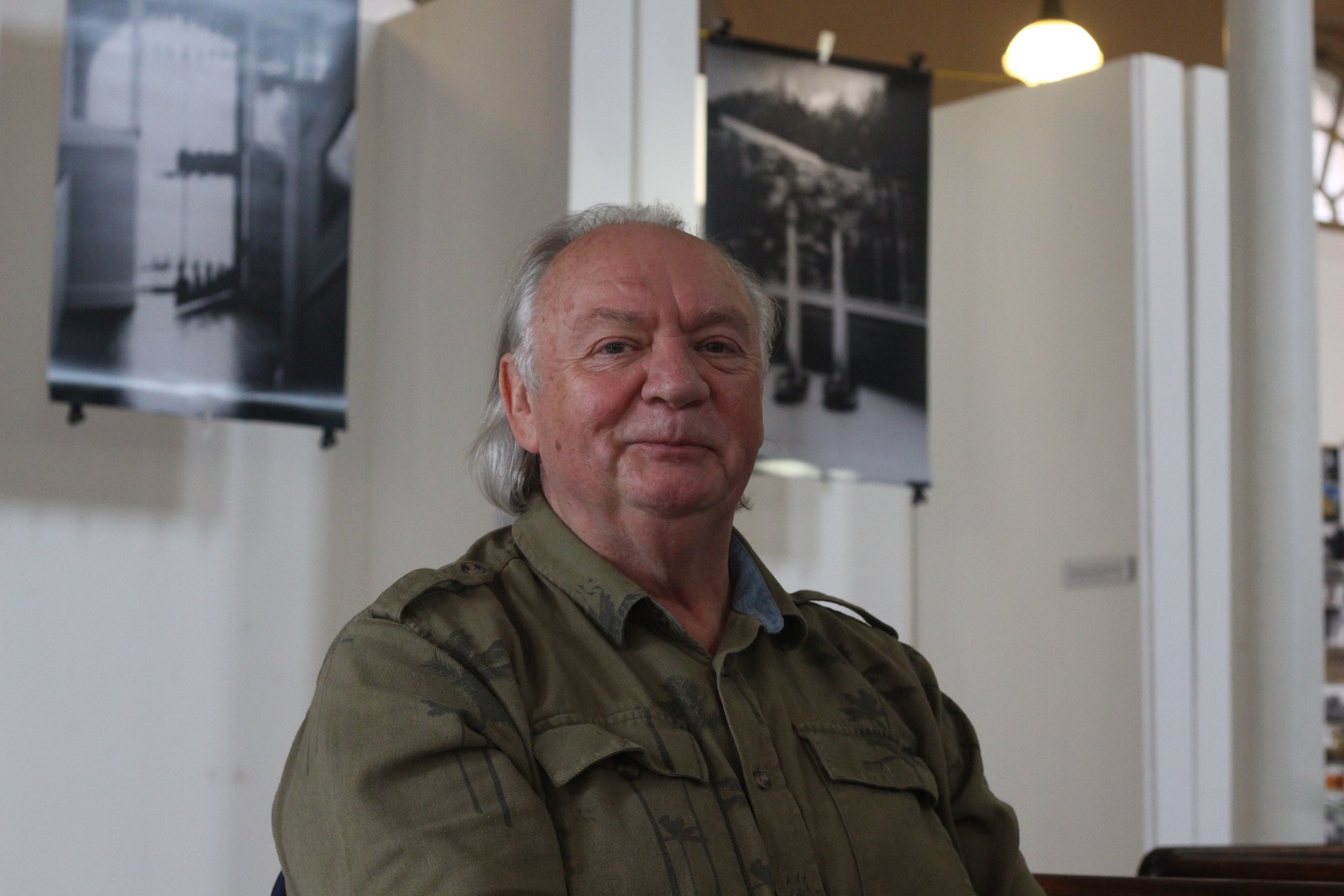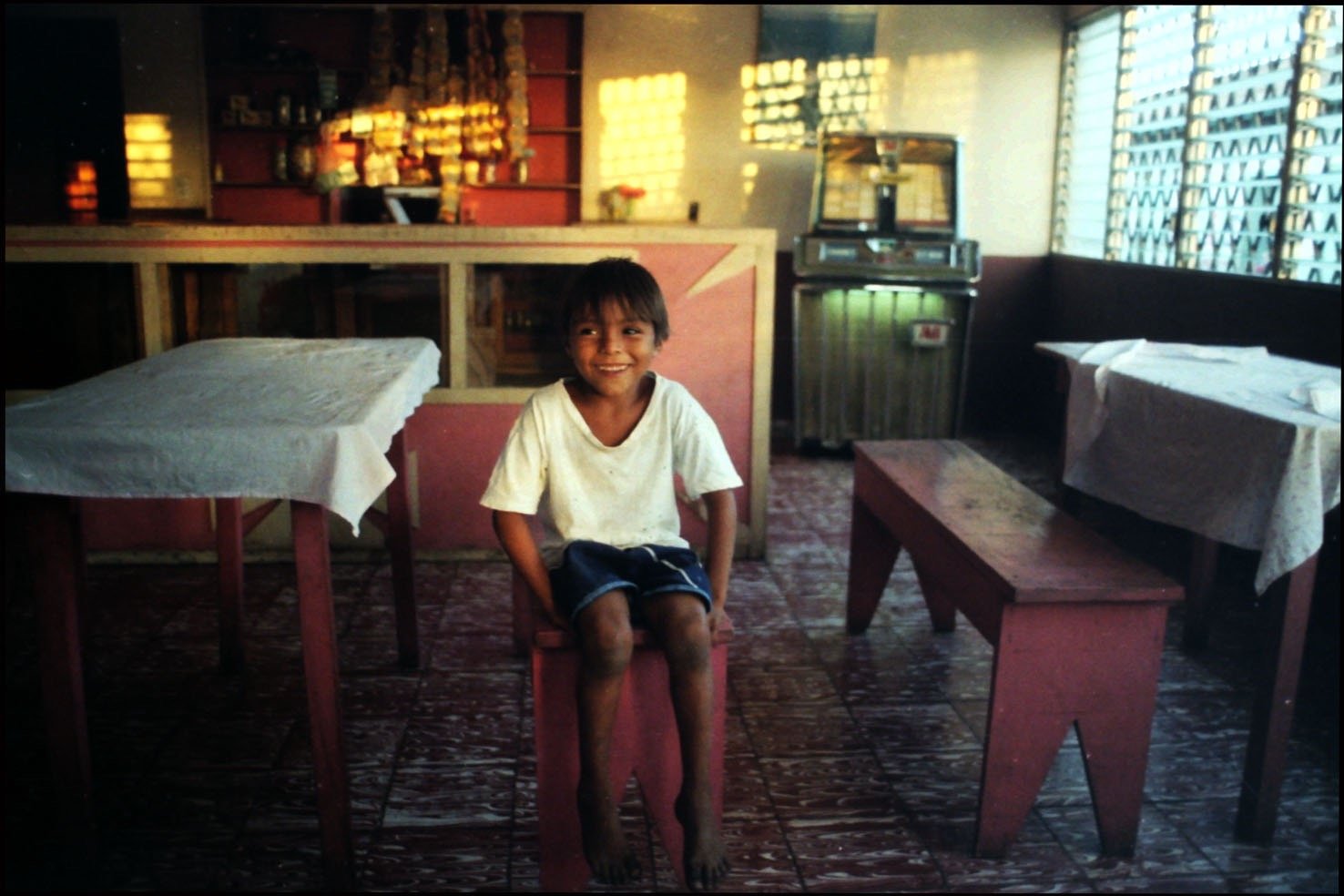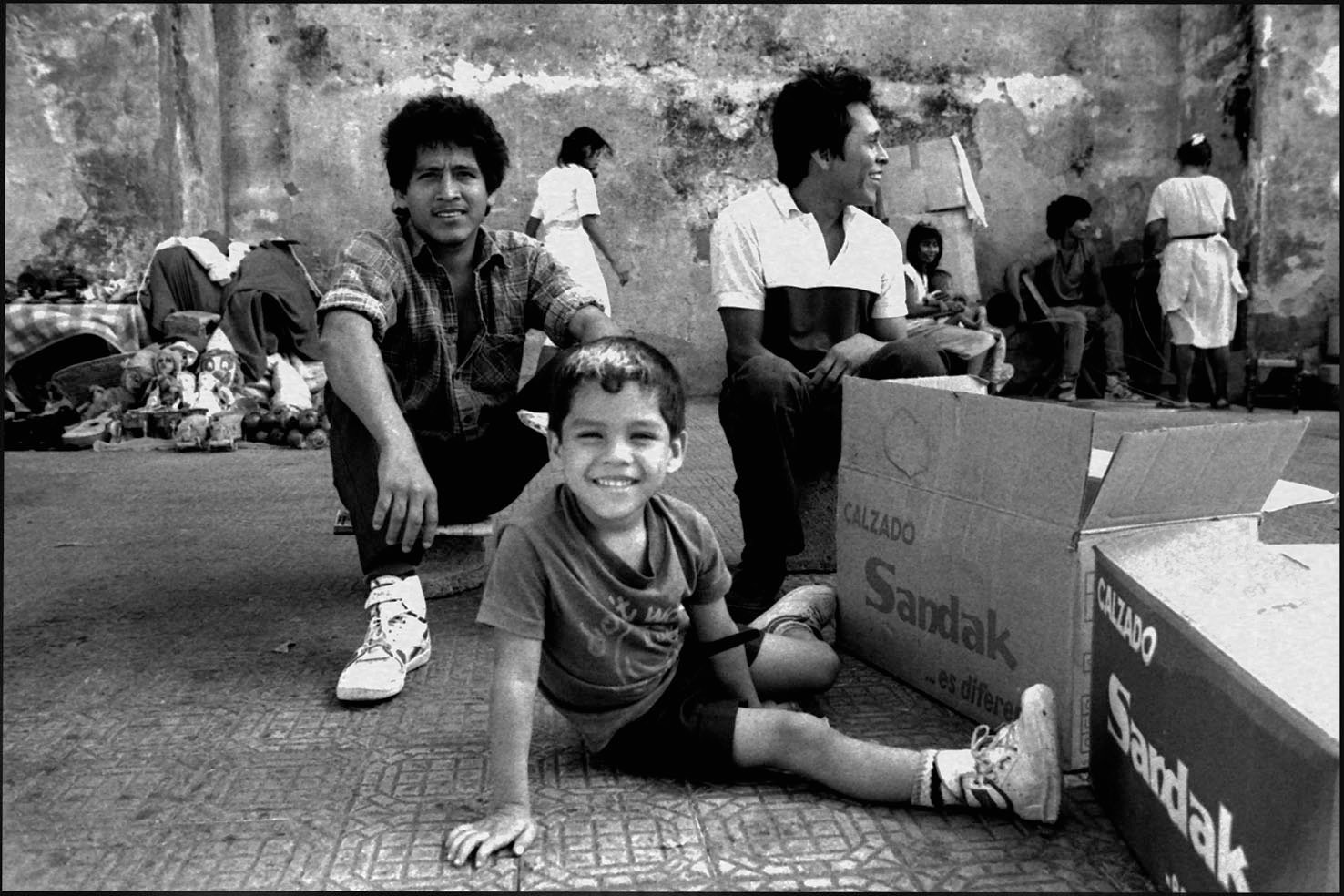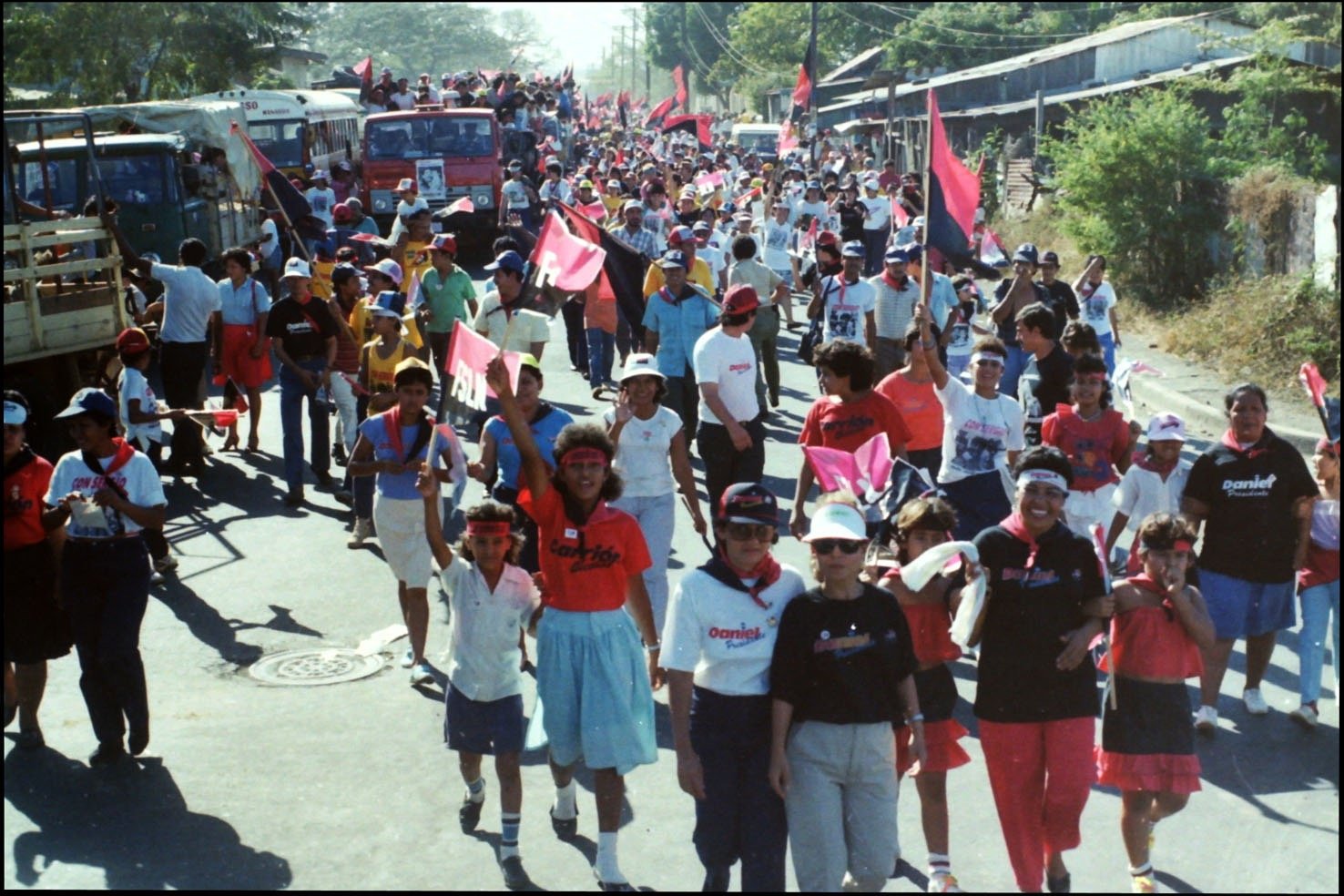Tony Shelley
Interviewed: by Kulsum Hafeji
Tony is a local photographer who has been practicing his art for over a decade. A member of the CoL team reached out to discover more.
“I was born in October, 1953 into a world of ration books and post war austerity. School was an abhorrence to me, but writing switched on a bright light. In 1967, my parents gave me my first camera, but it wasn’t until 1982, that I began to take photography seriously. It would be another twenty years before I turned professional, retiring in 2013, to pursue my own projects.” -Tony Shelley
Q 1: Your blog and Instagram page are named, ‘My Coffee Moments’ – how did the name come about? What is your favourite coffee?
Tony: ‘My Coffee Moments’ came about through my love of coffee and what we call today: ‘Coffee Culture’. Over the last decade, I have spent an enormous time in various coffee shops, both here and in Europe, met some of the most wonderful people and had some of the most interesting conversations of my whole life. In the last five years, I saw the possibilities of making ‘coffee based’ images on both digital and film formats.
Q 2: Tell us a little bit about your background – when and how did you get into photography?
Tony: I’ve had an interest in photography since the mid 1960’s. Nothing survives from that period. But I really got started in 1981 (whilst) photographing bands around the city. This led to photographing political demonstrations, portraits, and urban landscapes with no formal training. In 1997, I saw a BBC documentary about the Irish photographer David Gepp and his work with a large format pinhole camera in Venice. I was hooked. I started to build my own pinhole cameras and never looked back.
Q 3: What are some of your favourite things to photograph and why?
Tony: Urban and landscape photography is now my main area of interest, both with pinhole cameras and traditional SLR equipment. For general ‘snapshots’ I carry a couple of Lumix digital cameras everywhere and they have proved very useful over the period of lockdown.
Q 4: What is one of your most memorable photographing moments?
HIROSHOMA 2015. Photograph: Tony Shelly
Tony: This is difficult because I’m always looking for the ‘next’ image/the next project. I would have to narrow it down to two different moments. The first was hitch-hiking around Nicaragua in 1990, photographing the general election there. The second would be visiting Hiroshima, Japan in 2015, where a young child gave me a paper dove, as I was making images of the one remaining building (The Dome), 70 years after the US Airforce dropped the atomic bomb, from the Enola Gay, in August 1945.
Tony: Prior to travelling to Japan, I had read Col. Paul Tibbets book 'Mission Hiroshima', which both fascinated and horrified me. Tibbets commanded the Enola Gay, which dropped the atomic bomb on Hiroshima. As I sat facing the Atomic Dome, the words of Yusuke came to mind:
“I shall write peace upon your wings,
and you shall fly around the world
so that children will no longer have
to die this way.”
― Teshima Yusuke 手島悠介
Q 5: What are you currently working on?
Tony: I’m currently working on two projects simultaneously, both for exhibitions later this year. The first is called ‘A Society Corralled’, which is a series of large format pinhole images shot in and around our house, the idea being the things we take for granted take on a new importance when forced to stay indoors. The second is a series of wide-open spaces, made over the period of Lent, representing change and loneliness, and again using the large format pinhole camera.
Q 6: What do you aim to convey through your photography?
Tony: I’m always interested in what others think of my images. In the past people have liked them, other times I’ve been torn to shreds. Put it this way, I see a potential image that sparks an interest within me. I apply the craft, and all I can do is give one the equivalent of what I saw and felt. Then it’s up to them.
Q 7: What life lessons have you learnt through years of photography?
Tony: Photography is always a learning process. Since 1990, it morphed into a healing process from my twenty years of addiction. My pictures up until that point were always printed too dark. As time progressed my photographic world exploded into colour, and even my black and white printing became brighter in content. Also, at that point throughout the 1990s I took many jobs to finance my projects.
Q 8: How would you describe your photography style?
Tony: I don’t think I have a particular style (Tony says with uncertainty). Although today, I would be pigeon-holed as an urban photographer, and that’s OK, as it encompasses many different subjects. I’m cool with that.
Q 9: Whose work has influenced you the most?
Tony: Influential photographers? Obviously, David Gepp, William Christenberry certainly, but there are local photographers who have so much talent and do great work. I’m thinking particularly of Jacqui Booth, who I hope to be working with later this year. But I like just hooking up with other photographers or friends of mine, and just going out for a day making photographs. Throughout the month of February, I worked on a ‘One Image per Day’ with a friend in Poland- a keen and skillful photographer called Dorota Wozny.
Q 10: What does photography mean to you?
Tony: Photography is a way of life. Before I retired from my job as a product photographer in 2013, I had become totally disillusioned with photography. But retirement and free time blew wind into my creative sails. And Lockdown has proven to be a very creative period. Even on a simple walk to the shops, I’m carrying a camera. Sometimes, I’ve come home with some interesting images as well as the shopping.
About artist: To explore Tony’s art, head over to his Instagram page, @my_coffee_moments, where you will find a refreshing perspective on ‘coffee culture’ through Tony’s artistic eye.







